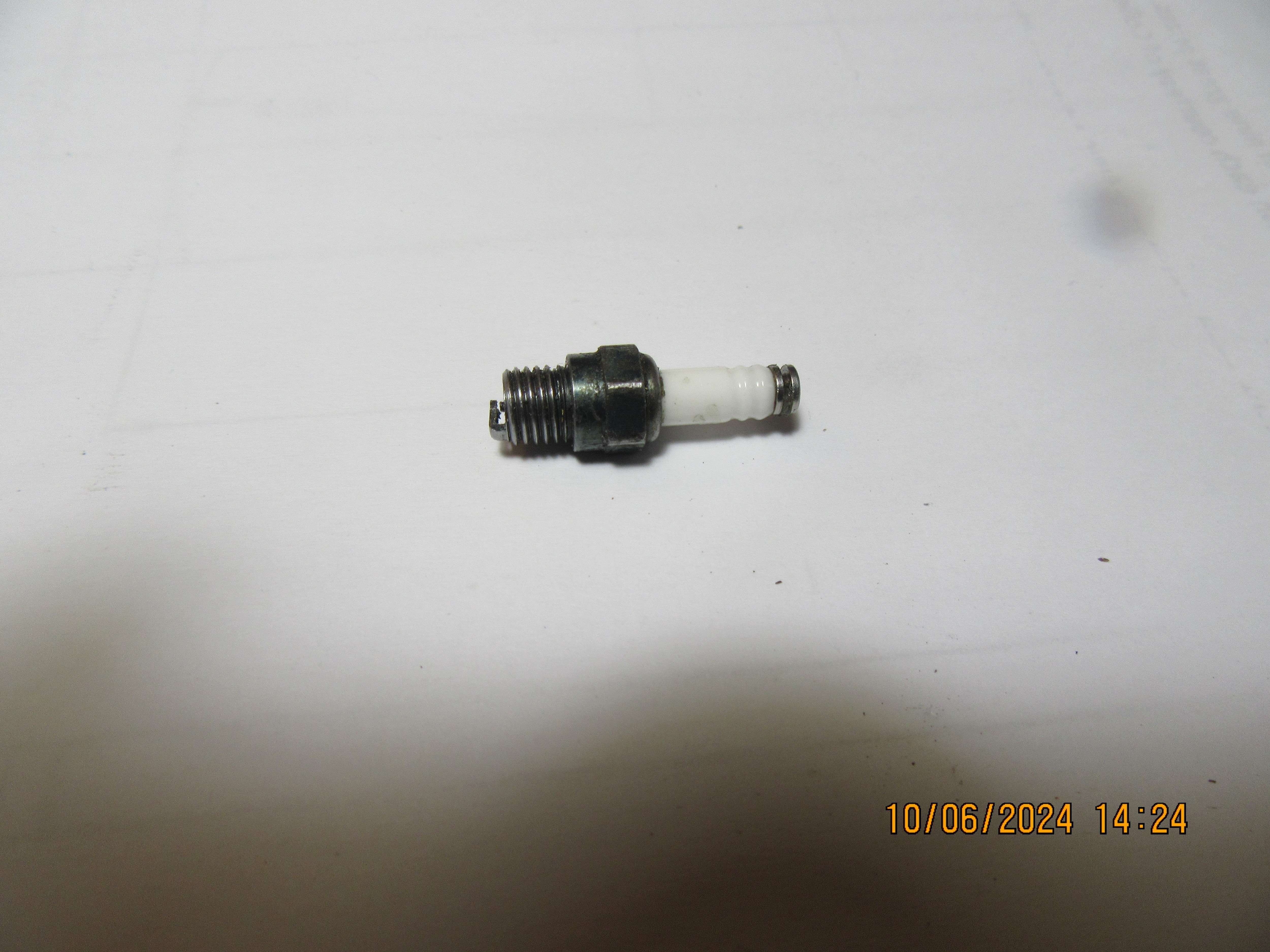We might be saying the same thing with different words and/or I am perhaps not explaining myself properly. I'll try again. My cam timing spreadsheet has numerical values in the background, but for I'll try to just demonstrate graphically.
As we all agree, start with a single cylinder 4S. Here is a random but representative timing diagram. For now disregard the overlap & duration degree amounts. It probably a bit different to subject engine but is likely inconsequential to discussion. So 4 strokes = 2 rotations = 720-deg. The 5 major vertical line segments correspond to TDC,BDC,TDC,BDC,TDC. The 4 intervals from left to right are Power, Exhaust, Intake, Compression. Assume ignition occurs at 0-deg mark for simplicity.
The camshaft is a corresponding diagram but its 2:1 reduction, so the X-scale is 360-deg.
Now we introduce the second cylinder as a twin boxer. TDC occurs simultaneously to CYL-1 & CYL-2. But ignition alternates between the two cylinders 360-deg apart (1 CS revolution). Therefore the entire timing diagram of CYL-2 can be shifted 360-deg to the right like so. One could draw a vertical line (dash black) anywhere along the charts to evaluate what's going on simultaneously with both cylinders at any point of interest. (Not related to discussion but for example 'twin fire' ignition occurring on CYL-1 for its Power stroke occurs simultaneously at EXH/INT transition with both valves slightly open, so demonstrates the waste spark principle).

Again the cam shaft diagram is a reflection of the combined cylinder CS diagram other than the rotation degrees are halved. When we set up an engine, we typically identify 2 TDC positions. One must correspond to COMP-POW transition (valves closed) & the other must corresponds to EXH-INT transition. We can readily verify the latter because the corresponding valves are just closing/opening slightly at (or a bit beyond) TDC. Assume we have determined this point on TDC of CYL-2. Now extend a line up to CYL-1. There is no valve engagement on CYL-1.
Anyways, what I thought I was observing on the physical engine picture was valve action & no action on one cylinder AT THE SAME TIME as valve action & no action on the other cylinder. And that is what I was having difficulty making sense of in the context of a timing diagram. One could envision one valve open on CYL-2 and another valve open on CYL-1 (90-deg for example). So not to make a big deal out of this because interpreting an angle shot picture at some random cam position was probably not a smart idea on my part to begin with. I know Brian has discussed his cam lobe setup in the build & potentially some modifications, but quite honestly I lost the scent & not quite sure where that's at now.










































































